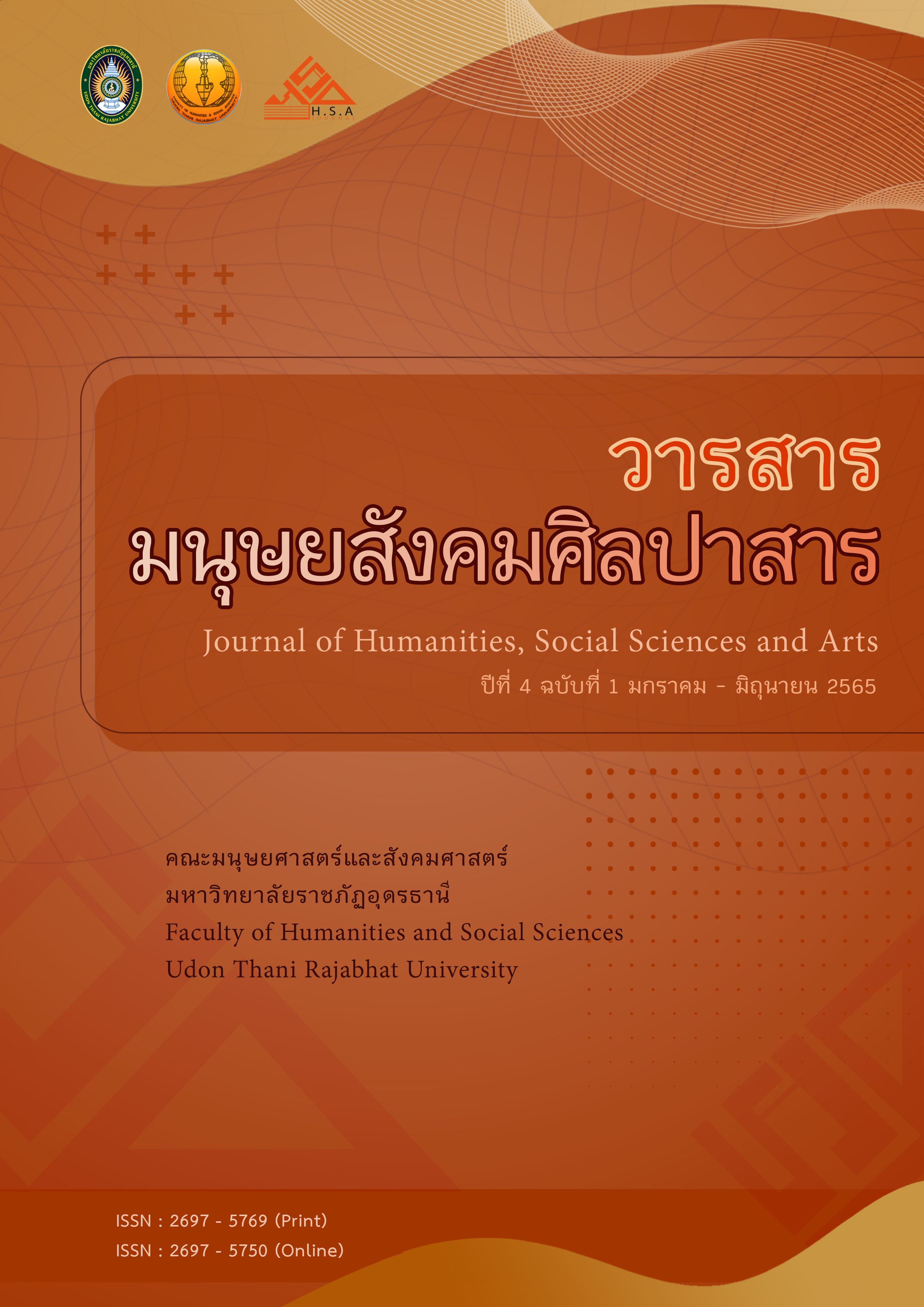THE COMPARISON OF BELIEFS AND THE CEREMONY ON PAYING RESPECT TO MAE YANANG TRUCKS BETWEEN NAKHON RATCHASIMA AND BURIRAM PROVINCE
Main Article Content
Abstract
This study aimed to compare beliefs about Mae Yanang trucks and the ceremony to pay respect to Mae Yanang trucks between Ban Nong Hua Rad, Laem Thong Sub-district, Nong Bun Mak District, Nakhon Ratchasima Province and Ban Yai Kham, Yai Yam Watthana Sub-district, Chaloem Phrakiat District, Buriram Province. This research was qualitative research which the researcher conducted and gathered information from books, journals, articles and related research. The research tool was an in-depth interview and the obtained data was analyzed and summarized through a descriptive form.
The results of the research showed that the beliefs and the ceremony to pay respect to Mae Yanang trucks between Ban Nong Hua Rad, Laem Thong Sub-district, Nong Bun Mak District, Nakhon Ratchasima Province and Ban Yai Kham, Yai Yam Watthana Sub-district, Chaloem Phrakiat District, Buriram Province were different. In terms of the beliefs of Mae Yanang, it was found that Ban Nong Hua Rad believed that Mae Yanang was a rogue god. As for Ban Yai Kham, there was a belief that Mae Yanang was a ghost. Therefore, the offerings for Mae Yanang were different according to the beliefs of each area. The offering items of Ban Nong Hua Rad were dessert and fruits. Villagers did not offer savory food and liquor to her. On the other hand, Ban Yai Kham villagers offered all kids of food which were savory food, sweet food, fruit, and liquor.
In terms of the process of performing the ceremony to pay respect to Mae Yanang, it was found that in performing the ceremony at Ban Nong Hua Rad, the certain date would be scheduled. However, for Ban Yai Kham, the date was not be fixed. They normally held the ceremony before the New Year's Day or after finishing the use of car. In addition, in terms of the ceremonial leaders at Ban Nong Hua Rad, there was a Mor Tham to lead the ceremony. As for Ban Yai Kham, there were monks leading the ceremony. It can be concluded that the beliefs and ceremonies of paying respect to Mae Yanang in both areas are different in term of uniqueness of each area.


